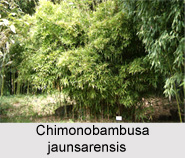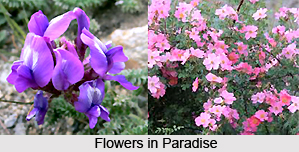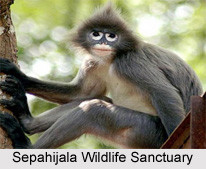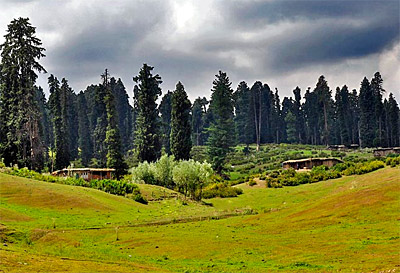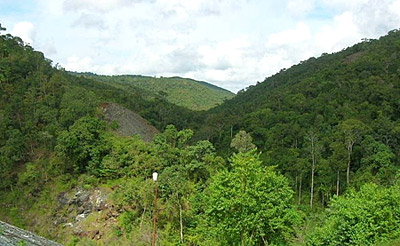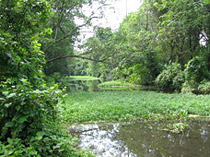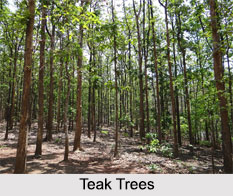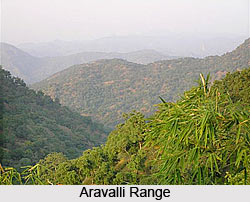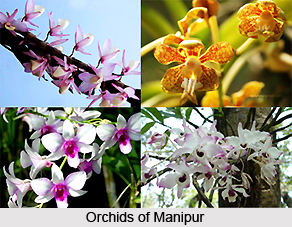 Eurasian Woodcock is an Indian bird and it is concentrated in the wintry regions of India. Eurasian woodcock is a medium sized small wading bird, with a cryptic camouflage to suit its woodland habitat, with reddish-brown upperparts and buff-coloured under parts.
It is an Indian bird that bears a scientific name "Scolopax rusticola" found in temperate and subarctic Eurasia.
Eurasian Woodcock is an Indian bird and it is concentrated in the wintry regions of India. Eurasian woodcock is a medium sized small wading bird, with a cryptic camouflage to suit its woodland habitat, with reddish-brown upperparts and buff-coloured under parts.
It is an Indian bird that bears a scientific name "Scolopax rusticola" found in temperate and subarctic Eurasia.
Structure of Eurasian Woodcock
Eurasian Woodcock has cryptic camouflage to suit its woodland habitat, with reddish-brown upperparts and buff-coloured under parts. The eyes of Eurasian Woodcock are set far back on its head to give it 360-degree vision and it probes in the ground for food with its long, sensitive bill, making it vulnerable to cold weather when the ground remains frozen.
Behaviour of Eurasian Woodcock
The male Eurasian woodcock performs a courtship flight known as "roding" at dusk in spring. When threatened, the female can carry chicks between her legs, in her claws or on her back while flying, though this is rarely witnessed. The world population is estimated to be 14 million to 16 million birds.
Sexes of Eurasian Woodcock
The adult Eurasian woodcocks are 33-38 centimetres in length, including the 6-8 centimetres long straight bill, and have a 55-65 centimetres wingspan. Eurasian woodcock has cryptic camouflage to suit its woodland habitat, with intricately patterned reddish-brown upperparts and buff under parts. The head is barred with black, not striped like that of its close relatives, the snipe. It has large eyes located high on the sides of its head, giving it 360-degree monocular vision.
Wings of Eurasian Woodcock
The wings of Eurasian woodcock are rounded and the base of the bill is flesh-coloured with a dark tip. The legs vary from grey to pinkish. The species is sexually dimorphic, with the male much larger than the female, although the sexes cannot be separated in the field.
Breeding Season of Eurasian Woodcock
The breeding range of Eurasian Woodcock stretches from Fennoscandia to the Mediterranean Sea and Canary Islands and from Western Europe to Russia.
Concentration of Eurasian Woodcock
Eurasian Woodcock found through most of temperate and subarctic Eurasia. Northern and Asian populations migrate to southern Europe or the Indian states respectively. Birds in milder western European countries and on Atlantic islands are resident. The populations breeding in north-west and southern Europe are mostly sedentary. The spring migration of Eurasian woodcock commences in February; breeding territories are reached between March and May.
The populations breeding in north-west and southern Europe are mostly sedentary. The spring migration of Eurasian woodcock commences in February; breeding territories are reached between March and May.
Nests of Eurasian Woodcock
Eurasian Woodcock nest on the ground in low cover in woodland or tall heather. The nest is a lined cup or a slight hollow lined with dead leaves and other plant material. A single brood of four white or creamy eggs with light brown and grey blotches is laid. Once the clutch is complete, incubation is performed by the female for between 21-24 days. The eggs measure 44 X 34 mm and weighs 26.5 g, of which 5% is shell. The downy young leave the nest immediately and fledge after 15-20 days, although they can fly short distances after 10 days.
